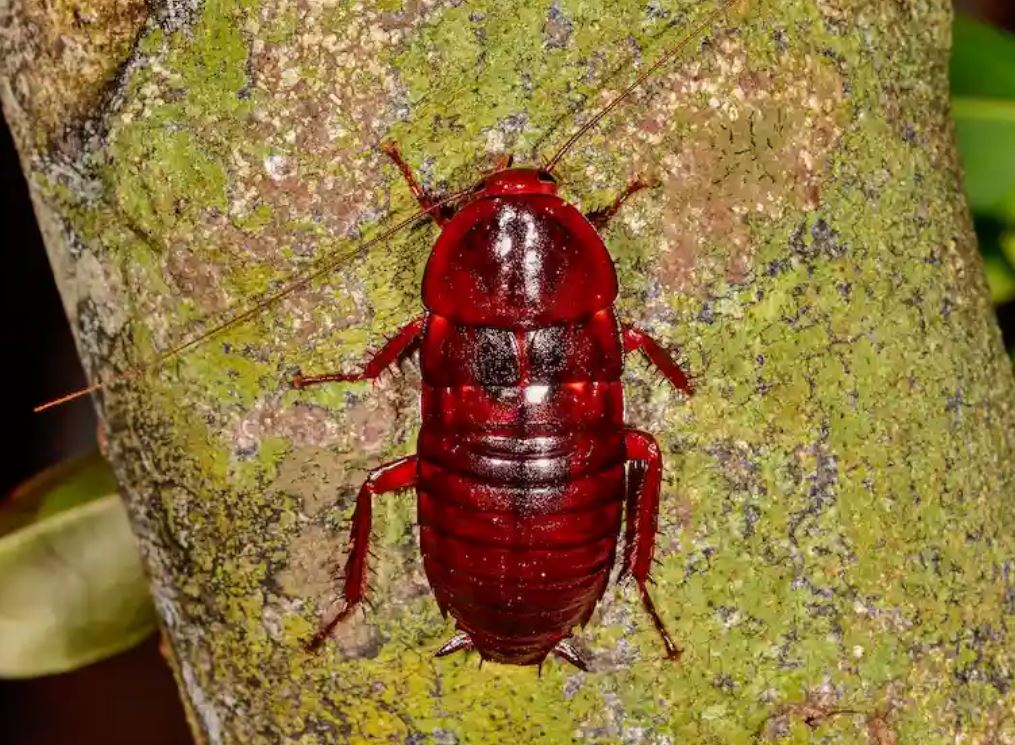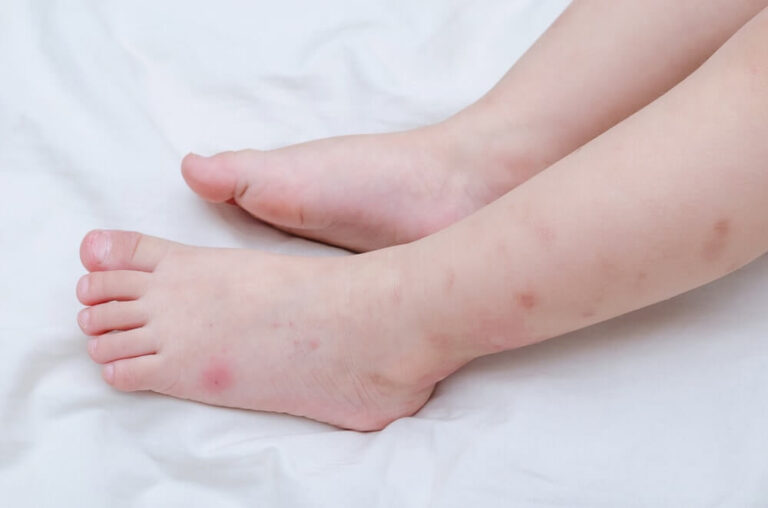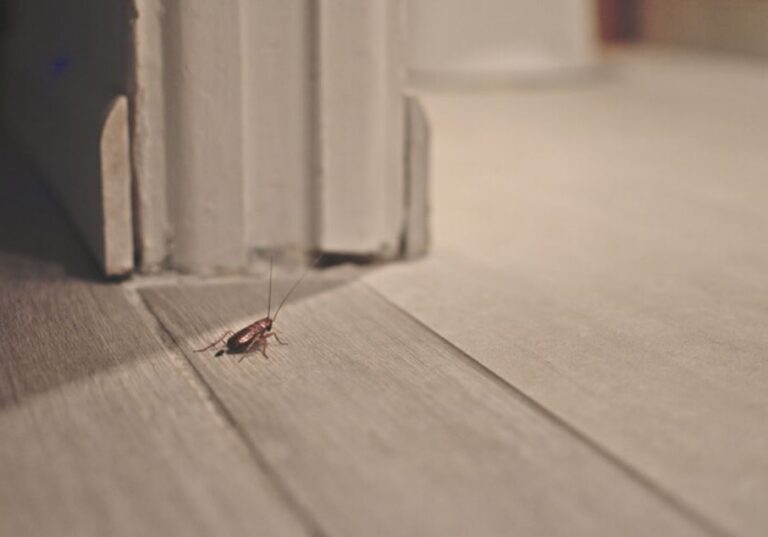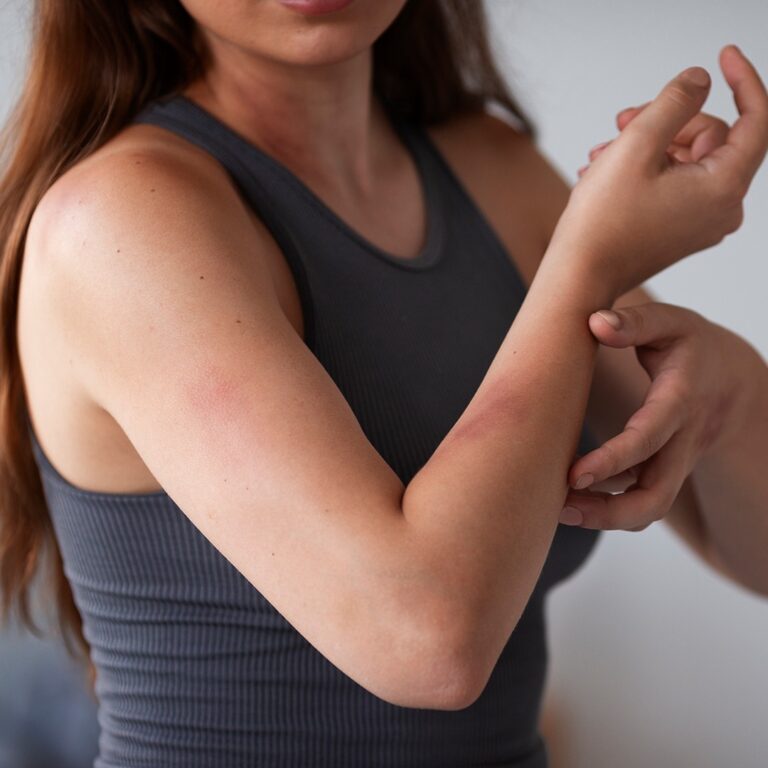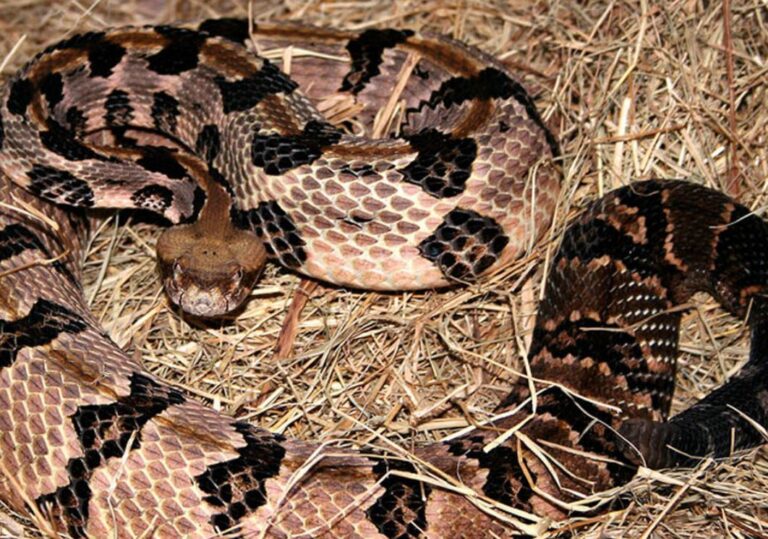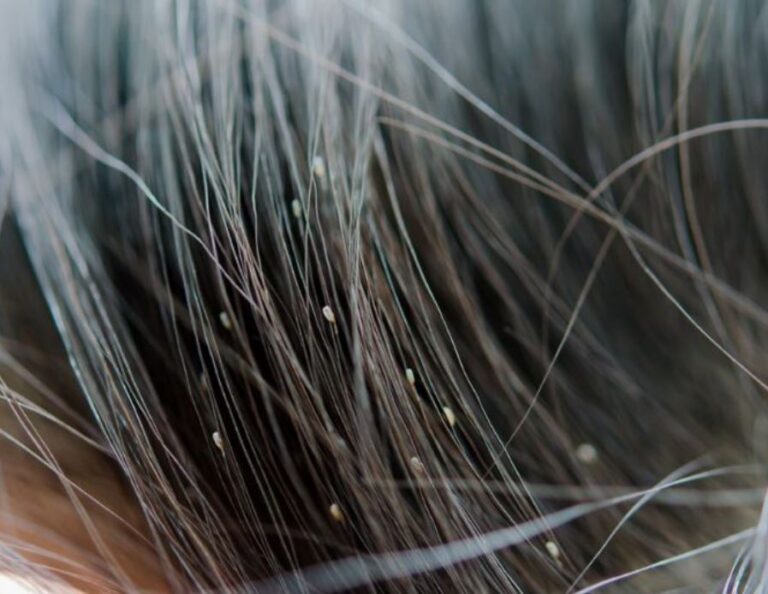Can Windex Kill Bugs? A Pest Expert’s Guide to Using What You Have
You see a spider scuttling across the floor or a fly buzzing against the window. Your first instinct isn’t always to grab a specialized insecticide—sometimes, you reach for whatever’s closest, like that bottle of Windex. But does this common household cleaner actually work as a bug killer?
We consulted with pest control experts to get the definitive answer and provide a safe, effective guide for dealing with unwanted pests.
The Short Answer: Yes, But With a Major Catch
Yes, Windex can kill many common bugs on contact. The primary ingredients—water, surfactants (soap), and solvents—can suffocate small insects by clogging their spiracles (the tiny tubes they use to breathe). The ammonia can also act as a mild toxin.
However, and this is a critical point: Windex is not an insecticide. It is a glass cleaner. Its effectiveness is limited, inconsistent, and comes with significant caveats that make it a poor choice for pest control.
How Does Windex Actually Affect Insects?
To understand why Windex works (when it does), we need to look at its mechanism of action. It’s not a neurotoxin like most professional insecticides; it’s a physical and chemical irritant.
- Suffocation: The soapy surfactants in Windex break the surface tension of the water and form a film that can cover an insect’s body, blocking its airways.
- Solvent Action: The solvents can break down the waxy, protective outer layer (cuticle) of an insect, leading to dehydration and death.
- Ammonia Toxicity: While not its primary function, the ammonia can be toxic to insects in a concentrated dose.
Which Bugs Are Most Vulnerable to Windex?
Windex is most effective against small, soft-bodied insects.
- Flies and Mosquitoes: Can be knocked down and killed if drenched.
- Ants (individual workers): Will typically be killed on contact.
- Spiders: Smaller spiders can be suffocated. Larger ones may be slowed down but can survive.
- Wasps & Bees: This is extremely dangerous and not recommended. Spraying a wasp or bee may anger it, causing it to sting you before it dies. The spray stream also brings you dangerously close.
Quote from a Pest Control Pro:
“Using Windex on a bug is like using a sledgehammer to kill a fly. It might work in that one specific moment, but you’re not addressing the root of the problem. For every ant you kill with Windex, there are hundreds more in the nest that you haven’t even touched. It’s a reactive measure, not a proactive solution.”
— Michael Chen, Certified Entomologist
Windex vs. Actual Insecticides: A Head-to-Head Comparison
The table below clearly illustrates why Windex falls short as a dedicated pest control solution.
| Feature | Windex (Glass Cleaner) | Professional-Grade Insecticide |
|---|---|---|
| Primary Function | Cleaning glass surfaces | Killing and repelling insects |
| Active Ingredients | Surfactants, Solvents, Ammonia | Pyrethroids, Neonicotinoids, etc. |
| Method of Kill | Contact-based suffocation/irritant | Neurological disruption (targeted) |
| Residual Effect | None – evaporates quickly | Yes – lasts for days or weeks |
| Effectiveness on Nests | Ineffective | Designed to eliminate colonies |
| Safety for Pets/Kids | Low risk once dry, but not intended for this | Varies; many are safe when dry |
| Cost-Effectiveness | Low (ineffective, requires re-application) | High (solves the problem at its source) |
The Major Risks of Using Windex for Pest Control
Choosing Windex over a proper product isn’t just ineffective; it can be counterproductive and even hazardous.
- No Residual Action: This is the biggest drawback. Windex evaporates and leaves behind no active residue. An insect can walk across the same spot just minutes later completely unharmed. Insecticides are formulated to leave a long-lasting barrier.
- It Can Attract Certain Pests: Some Windex formulas contain vinegar or ammonia, which can actually attract certain pests, like fruit flies, seeking out fermented substances.
- Surface Damage: The chemicals in Windex are not meant for all surfaces. Spraying it on wood, fabrics, electronics, or certain plastics can cause discoloration, warping, or other damage.
- False Sense of Security: Killing one ant doesn’t solve an ant infestation. You’re treating a symptom, not the disease, allowing the main colony to continue thriving out of sight.
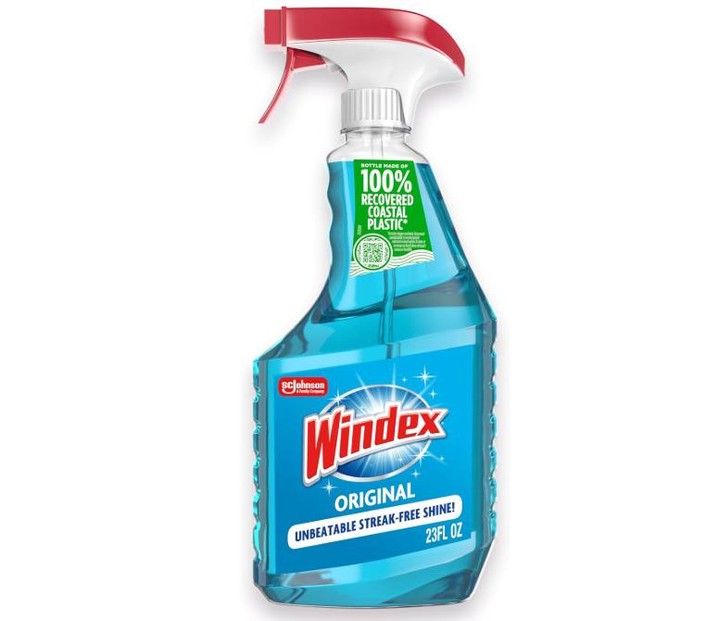
When Is It Okay to Use Windex on a Bug?
There is one specific, low-risk scenario where using Windex is acceptable:
For solitary, non-threatening insects that are on a hard, non-porous surface like glass or tile. For example, a single fly on a window or a small spider in the shower. In this case, it’s a tool of convenience for a one-off problem.
Better, Safer Alternatives You Already Have at Home
If you don’t have insecticide spray, consider these more targeted and effective DIY solutions before reaching for the Windex.
- For Ants: A simple solution of dish soap and water in a spray bottle is just as, if not more, effective than Windex at killing on contact and is much safer for surfaces.
- For Flies & Flying Insects: A classic fly swatter is more physically engaging but 100% effective and chemical-free.
- For General Prevention: Diatomaceous Earth is a non-toxic powder that is lethal to insects with exoskeletons but harmless to humans and pets. It provides excellent residual control.
The Final Verdict from the Experts
While Windex can kill a bug in a pinch, it is a fundamentally flawed and inefficient method of pest control. It offers no lasting protection, does not address infestations, and poses risks to your home surfaces.
The bottom line: Keep Windex for your windows and mirrors. For actual pest problems, invest in a targeted insecticide or, for serious infestations, call a professional pest control service. They have the tools and knowledge to not only eliminate the pests you see but, more importantly, the ones you don’t.

